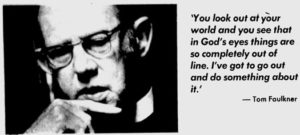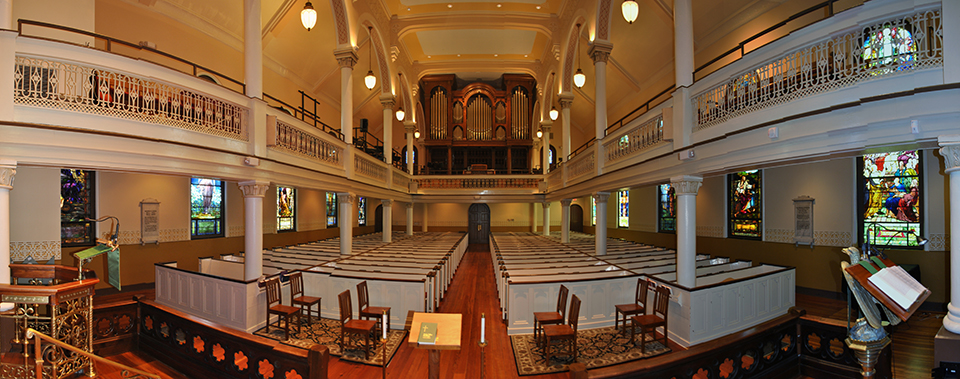St. George’s History comprises individual articles, documents and collections around the 300 year history of St. George’s Episcopal Church, located in Fredericksburg Virginia. This site is unrelated to St. George's main website.
Supplementing them are a category-based search, a content index and a timeline. We have two tour documents - a building summary and a 15 minute walking tour you can take in the church.
If this is your first visit, check out the 2 tours - building summary and a 15 minute walking tour.
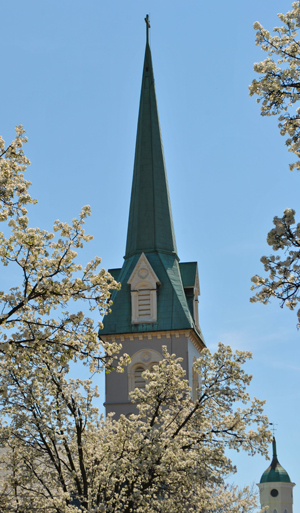
Recent articles
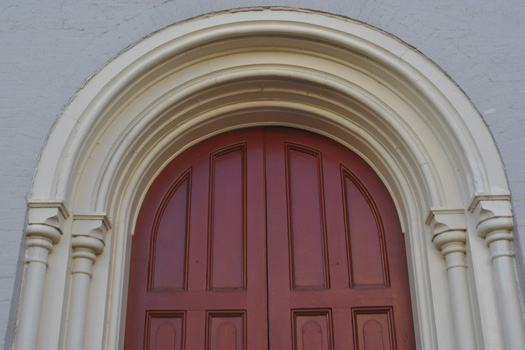
The Pews, Part 3
We have looked at the design of the pews in part 2 and now we turn to how the pews contributed financially to the Church. The pews paid for the 1849 Church and until the 1920’s generally contributed at least 4% of more of revenue back to the Church per year. The illustration to the … Read more

The Organ Project – 25 Years Later
Originally written for the St. Georgian in 2008 Marge Arnold recounted how it began 25 years ago “On a blustery day in January, 1983 a call came from one Tom Guthrie. He was so excited he could hardly get his words out. He has just received a call from Mr. James Baker of the Music … Read more

Views of the Second Church
On Oct 18, 1815, the Virginia Herald reported the consecration of the 2nd Church on Sunday, Oct. 15, 1815 by Bishop Channing Moore. “The occasion brought together a larger congregation than was ever witnessed in this place. About sixty persons were confirmed; and the Holy Sacrament of the Lord’s Supper was administered to more than … Read more
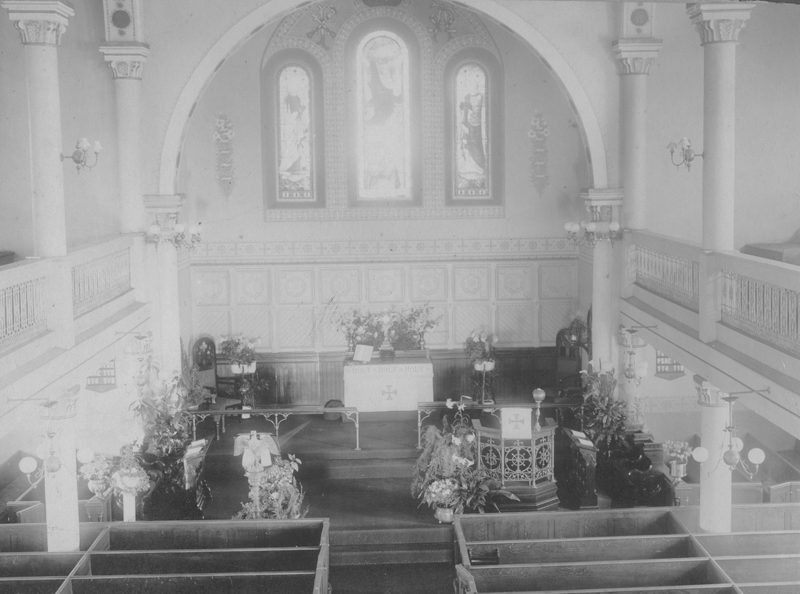
1906 Renovation
Daily Star, October 31, 1906 Interior Improvements to St George’s Completed. The Color Scheme in Exquisite Taste – Exterior Will Now Be Painted, Etc “It would be difficult for any one not an artist to describe the improvements that have recently been completed in St. George’s Episcopal church. “The entire vestibule has been tiled with … Read more

Faulkner Hall (1823)
Faulkner Hall is the oldest building at St. George’s, circa 1823. It was built at the time of the Second Church (1815-1848) so it is our closest connection to that church. The oldest picture we have of Faulkner from the 1920’s shows a Dutch design that was later modified. From Ron Shibley, Historic Fredericksburg A … Read more

Generations Day, Oct. 22, 1995
[pdf-embedder url=”http://history.churchsp.org/wp-content/uploads/Generations-Day-October-22-1995-Bulletin2.pdf” title=”Generations Day October 22, 1995 Bulletin2″]

General Robert E. Lee visits St. George’s, 1869
The writer, minister and abolitionist, Moncure Daniel Conway visited St. George’s as an 11 year old boy visiting one Christmas. This article is just the opposite – General Robert E. Lee, a man in the last 18 months of his life visiting St. George’s. Lee was 62 and suffering from a heart ailment but it … Read more

Dr Brodie Strachan Herndon (1810-1886)
Herndon was the son of Dabney Herndon a cashier for the Farmers Bank of Virginia. Its building later became home of the National Bank of Fredericksburg. The Farmers building was known as “Herndon House” because of the presence of the Herndons. (Daughter Ann went on to marry Commodore Matthew Fontaine Maury, ”Pathfinder of the Seas.” … Read more

Joseph Walker (1854-1943)
Joseph Walker was not a parishioner here but worked as St. George’s sexton from 1886 until 1940 when he retired, a total of 53 years. He was here longer than most parishioners. Walker was born a slave in 1854 on the farm of Col William Goodwin in Spotsylvania. He recalled how at age 9 Goodwin … Read more

R. C. L. Moncure (1805-1882)
Richard Cassius Lee Moncure served on the Vestry in the years 1847-1865 and then in 1869 until he died in 1882, serving a total of 30 years on the Vestry. He purchased pew 73 for $310 in 1849. (During the renovation 2007-2010 this pew was eliminated for the purpose of the daily office services and … Read more
1. Carrol Quenzel's History of St. George's
Quenzel's 1951 history is still the standard for the church. He was a librarian for Mary Washington College as well as being active at St. George's, helping to create the St. Georgian newsletter as well as a part of the Vestry. We have the entire book online which was published by St. George's
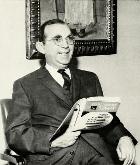
2. The Three Churches of St. George's - Barbara Willis
Barbara Willis was a local historian and writer and long time St. Georgian with her husband Mac. This paper is a detailed summary of the evolution of St. George's church from its wooden colonial church to the impressive 1849 brick building we have today.
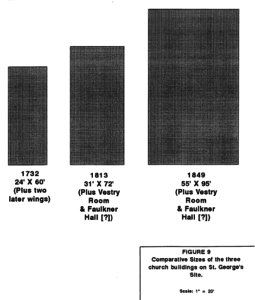
The Civil War may be the most popular historic topic in all of our history. The church served in 3 capacities - as a fortress, center of revival and as a hospital. We have a 9 part series on our role and relationship to Fredericksburg.

McGuire served all 3 churches over the course of 45 years. He is probably the most influential of all our rectors in all phases of ministry from preaching, teaching, and outreach. Trip Wiggins, our archivist, wrote this for a Sunday school class and has been teaching classes for years
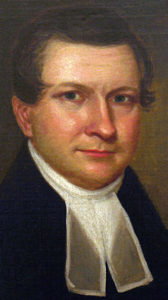
5. Charles Syndor on Social Policy
Charles Sydnor served St. George's from 1972-2003 and was responsible for furthering Thomas Faulkner's outreach ministries and creating new ones. This paper he wrote in 2009 was for an adult forum in that year.
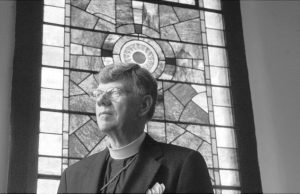
6. Tom Faulkner confronts the Vestry on race
Faulkner served St. George's for 30 years from 1946-1976. During these years racial policies were paramount, especially 1954, in the year of Brown vs. Board of Education, Faulkner was challenged by the Vestry on the role of Blacks in our service. He was able to move St. George's toward racial justice that other rectors would further
